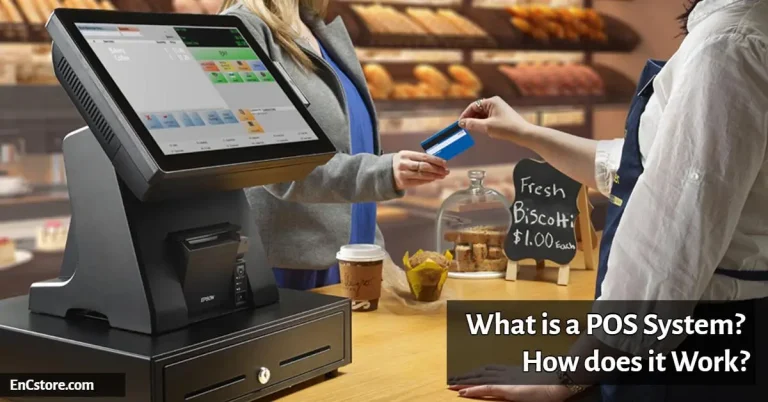In the bustling world of retail, efficiency is key. To streamline operations, businesses rely on various tools and technologies, one of the most fundamental being the Point of Sale (POS) system. This indispensable tool serves as the nerve center of transactions, inventory management, and customer relations. But what exactly is a POS system, and how does it work? Let’s delve into the intricacies of this essential component of modern commerce.
Understanding POS Systems
At its core, a POS system is a combination of hardware and software designed to facilitate transactions between a business and its customers. Traditional cash registers have evolved into sophisticated digital platforms capable of handling a myriad of tasks beyond simple payment processing.
Components of a POS System
1. Hardware:
- Touchscreen Terminal: This serves as the primary interface for both cashiers and customers, enabling easy navigation through the system.
- Barcode Scanner: Used to scan product codes for quick and accurate item retrieval and pricing.
- Cash Drawer: Securely stores cash, coins, and receipts, automatically opening upon completion of a transaction.
- Receipt Printer: Generates printed receipts for customers as proof of purchase.
- Card Reader: Allows for electronic payment processing via credit or debit cards.
2. Software:
- Transaction Processing: Handles payment transactions, calculates totals, applies discounts, and records sales data.
- Inventory Management: Tracks stock levels, alerts when items are running low, and provides insights into popular products.
- Customer Relationship Management (CRM): Stores customer information, purchase history, and preferences to personalize interactions and drive loyalty.
- Reporting and Analytics: Generate reports on sales performance, inventory turnover, and other key metrics to inform business decisions.
- Integration Capabilities: Seamlessly integrates with other software solutions such as accounting software, e-commerce platforms, and loyalty programs.
How POS Systems Work
- Product Selection: When a customer brings items to the checkout counter, the cashier scans each product using the barcode scanner or manually inputs the item code into the system.
- Payment Processing: Once all items have been scanned, the POS system calculates the total amount due, including any applicable taxes or discounts. The customer can then choose their preferred payment method, whether cash, card, mobile wallet, or alternative payment options.
- Transaction Completion: Upon receiving payment, the POS system records the transaction details, updates inventory levels, and prints a receipt for the customer. Simultaneously, the cash drawer opens to provide change if the transaction involves cash.
- Data Management: Beyond the immediate transaction, POS systems collect and store valuable data regarding sales trends, customer behavior, and inventory movements. This information can be leveraged to optimize pricing strategies, stock levels, and marketing efforts.
Benefits of POS Systems
- Improved Efficiency: Streamlines checkout processes, reduces human error, and speeds up transaction times.
- Enhanced Accuracy: Minimizes discrepancies in pricing and inventory management, ensuring greater precision in financial records.
- Insightful Analytics: Provides valuable insights into sales performance, customer preferences, and inventory turnover, empowering businesses to make data-driven decisions.
- Enhanced Customer Experience: Enables personalized interactions, faster transactions, and smoother operations, fostering customer satisfaction and loyalty.
Conclusion
In today’s fast-paced retail landscape, a robust POS system is indispensable for businesses seeking to thrive. By integrating hardware, software, and analytics capabilities, these systems revolutionize transactional processes, streamline operations, and elevate the overall customer experience. As technology continues to evolve, so too will the capabilities and functionalities of POS systems, shaping the future of commerce in exciting new ways.


